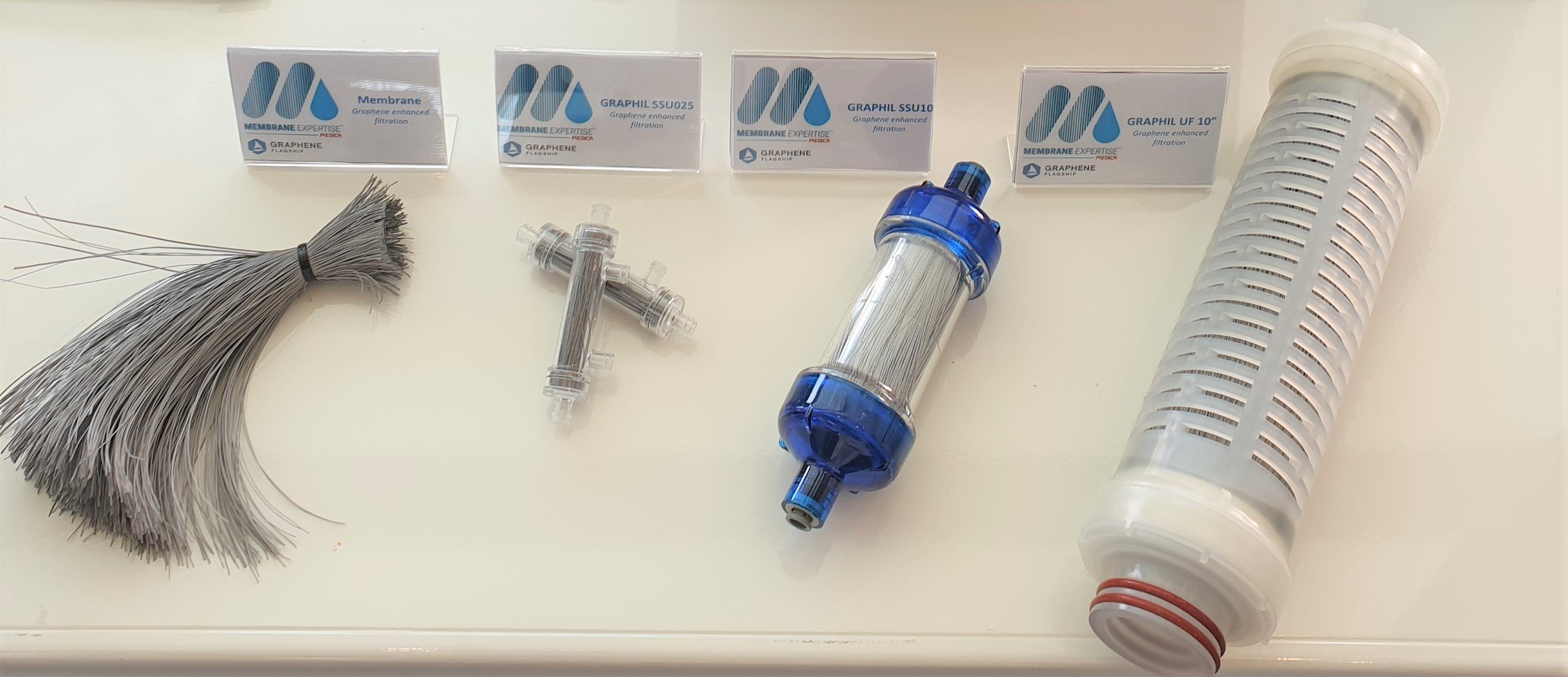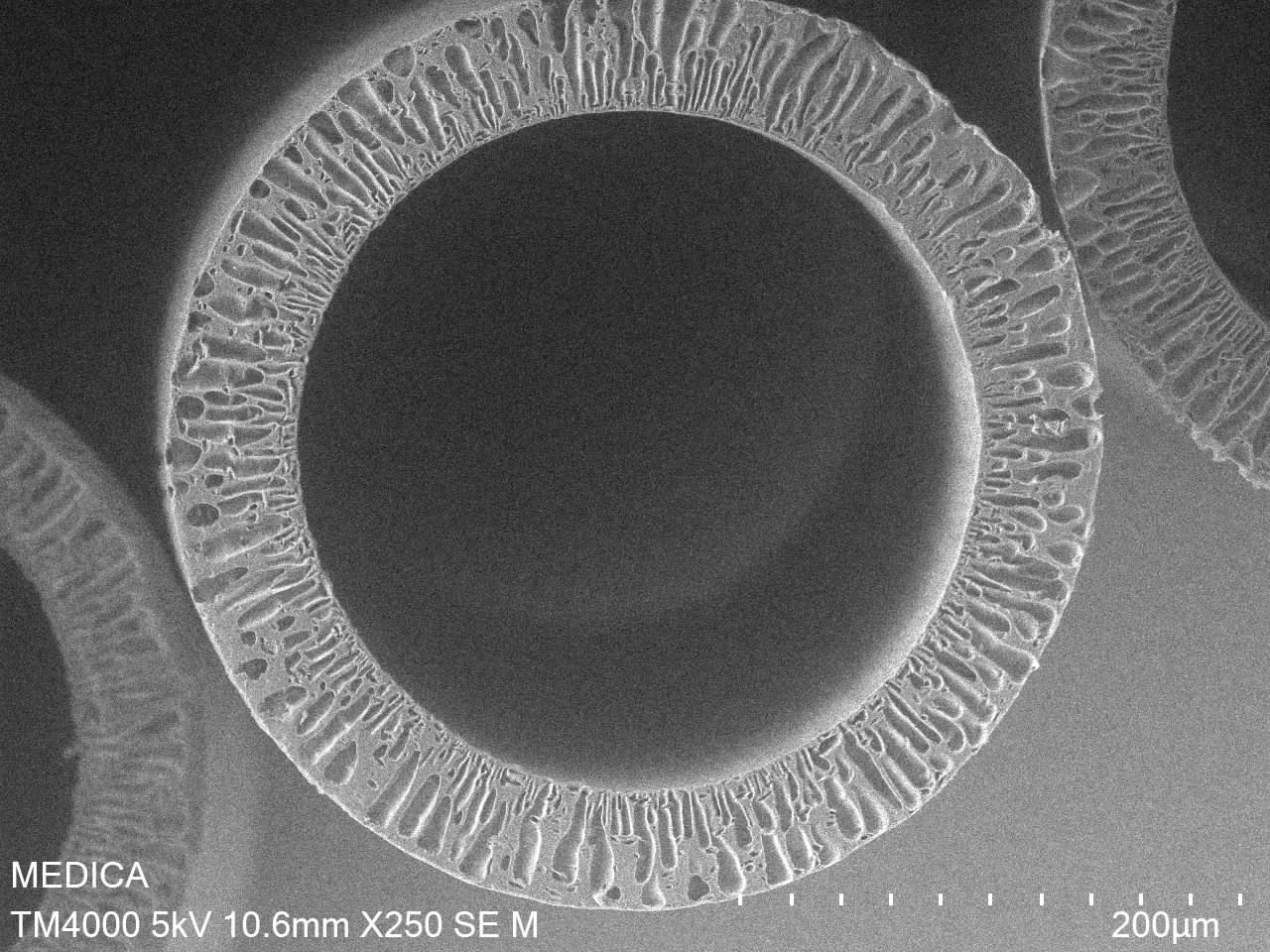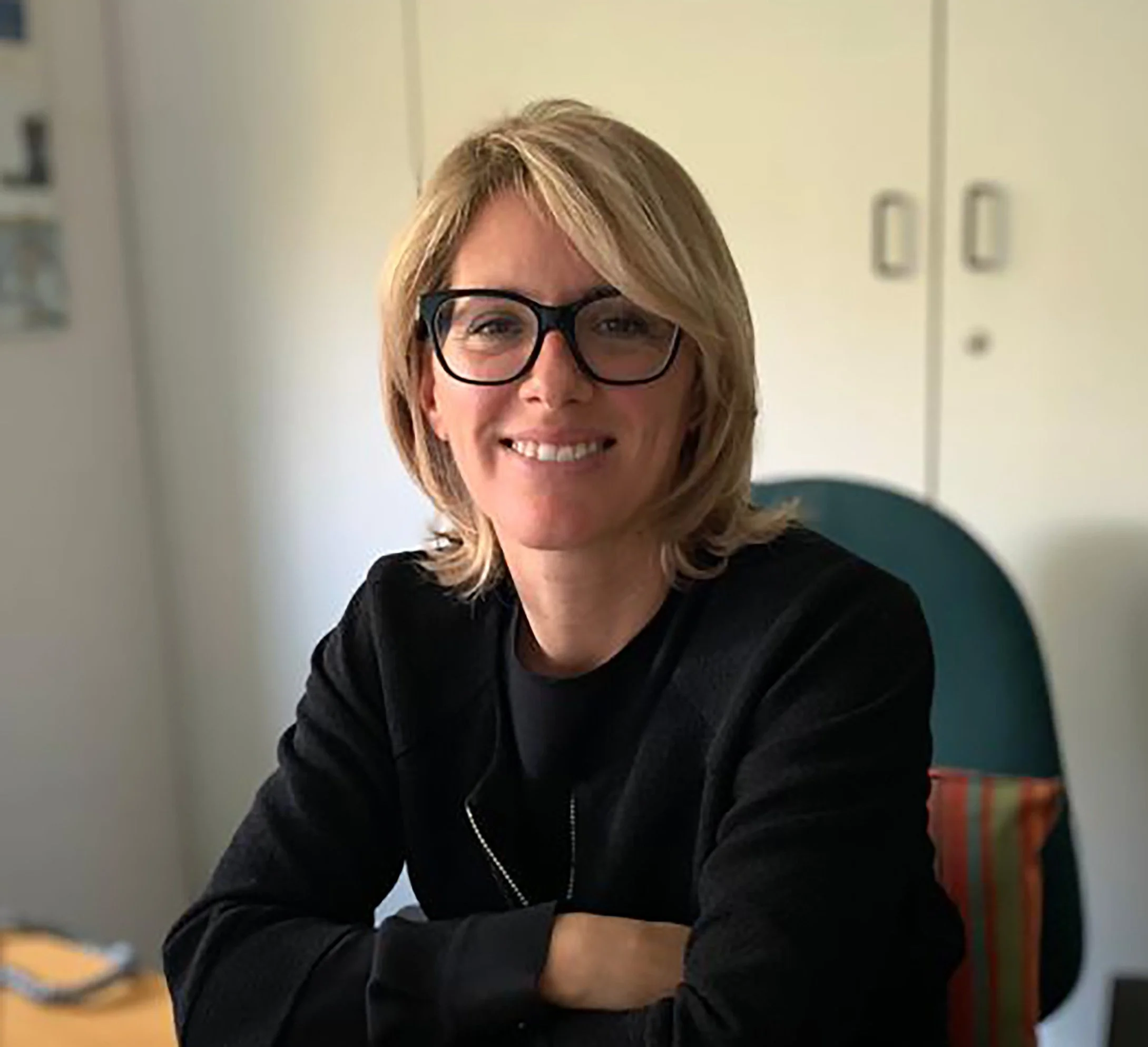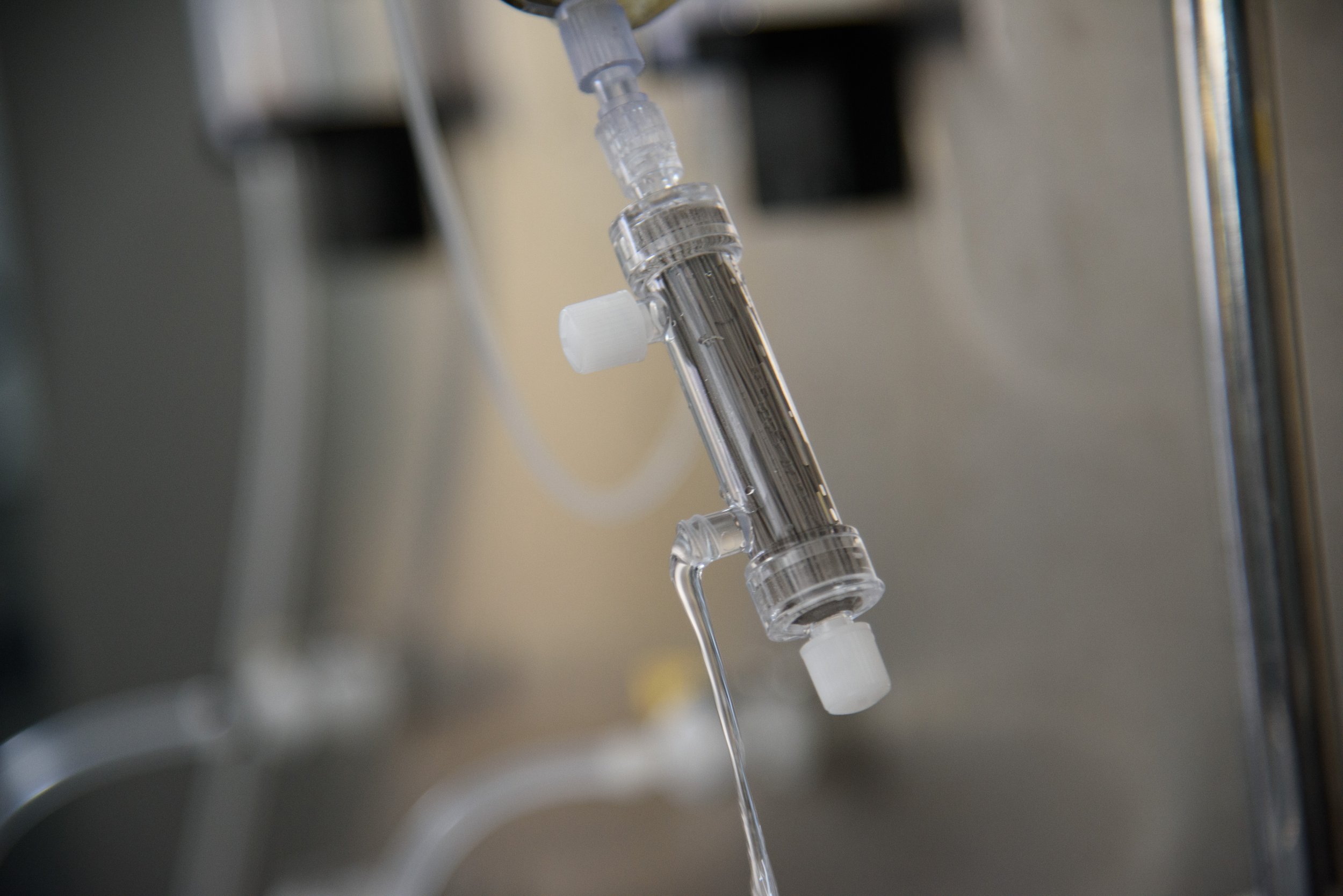Efficient removal of emerging contaminants from drinking water with Graphene Oxide
About
GRAPHIL is a Graphene Flagship Spearhead project targeting the removal of toxins and contaminants that are increasingly present in European water sources.
Challenge
Today, many emerging contaminants such as antibiotics, pesticides, heavy metals, per- and polyfluoroalkyl substances (PFAS), personal care and pharmaceuticals are resistant to conventional water purification and can therefore contaminate our tap water. As a result, the consumption of bottled water worldwide has skyrocketed, with devastating consequences for our environment. GRAPHIL is developing water filters that remove all water contaminants at a sustainable cost, so that everyone can get clean and safe tap water.
Solution
To solve conventional purification drawbacks, Medica, as leading partner of the Graphil project, has manufactured a compact one step filtration system using polymeric hollow fibers membranes blended with graphene oxide.
The technology behind the graphene-based water filter originates from the National Research Council of Italy (CNR) and is described in Chemical Engineering Journal*. CNR has for a long time been studying the potential of graphene and its derivatives as active materials for drinking water monitoring and treatment (www.isof.cnr.it).
“The addition of graphene oxide is essential because its chemical structure promotes adsorption** of organic molecules, ions and metals. Ultrafiltration and microfiltration allow for the removal of bacteria and pathogens, while graphene oxide enhance the adsorption of organic and inorganic contaminants.”, said Letizia Bocchi, Graphil Spearhead Project Leader.
Thanks to the synergy between graphene oxide and polysulfone hollow fibers, Graphil filters can adsorb emerging contaminants such as ofloxacin antibiotics, Rhodamine dye, bisphenol A, PFAS and lead, among others, while preserving ultrafiltration properties. The filters and their performance have been recently reported by CNR and Medica in the Journal of Membrane Science***.
“Collaborating with Medica on the implementation of our technology that captures dangerous contaminants in drinking water has been a rewarding experience. It is gratifying to see our efforts make a positive impact and bring us closer to providing clean and safe drinking water to communities in a sustainable way”, says Manuela Melucci, PhD, researcher at CNR and Deputy leader of Graphil.
High quality graphene oxide is necessary to guarantee the good adsorption properties and that no additional impurities are released into the filtered water. CNR demonstrates no release of heavy metals or synthesis residues by LayerOne’s graphene oxide , which is crucial for the targeted application of drinking water production. To ensure stable and reliable supply of the material, Medica selected LayerOne as graphene oxide supplier.
“LayerOne has long and qualified experience with the production of high-quality graphene materials, and it’s location centrally in Europe, made it the best option for us, making commercialisation already in 2023 a feasible target”, continues Letizia.
The project aims to produce a compact filter that can be connected directly onto a household sink, integrated in multifilter systems, or used as a portable water purifying device, to ensure that all households have access to safe drinking water at an affordable price.
Filter types with graphene. Polysulfone-Graphene oxide hollow fiber membranes (left).
Results
The simple and inexpensive concept behind GRAPHIL project will make it possible to provide clean and safe tap water for everyone faster and cheaper than with conventional methods. In addition to providing spring clean water at an affordable price, this solution has the potential to significantly reduce the consumption of bottled water and thus lower plastic bottle waste.
“We hope to contribute to the use of graphene materials in everyday life products. EU drinkable water directives are currently under revision, so it is expected that new thresholds will be introduced for emerging contaminants and that new filtering technologies will be required. With our graphene-based filters, we can anticipate and respond to these new quality requirements”, concludes Letizia Bocchi.
SDG (Sustainable Development Goals) contribution
GRAPHIL directly contributes to SDG 6 (clean water and sanitation), and can benefit SDG 3 (Good Health and well being), SDG 13 (climate action), SDG 14 (life below water) and SDG 15 (life on land).
* Graphene oxide doped polysulfone membrane adsorbers for the removal of organic contaminants from water
**Adsorption is the adhesion of ions or molecules (adsorbate) from water to graphene oxide (absorbent) surface thanks to mutual chemical interaction. This process immobilizes the adsorbate on the surface of the adsorbent.
***Documented in the article:
“Graphene oxide-polysulfone hollow fibers membranes with synergic ultrafiltration and adsorption for enhanced drinking water treatment “
Bundle of hollow fibers doped with graphene oxide
SEM image representing the cross-section of a hollow fiber with graphene oxide sheets dispersed in the matrix
Manuela Melucci, PhD, Researcher at CNR
Module operating the water purification using hollow-fibers membranes doped with graphene oxide
